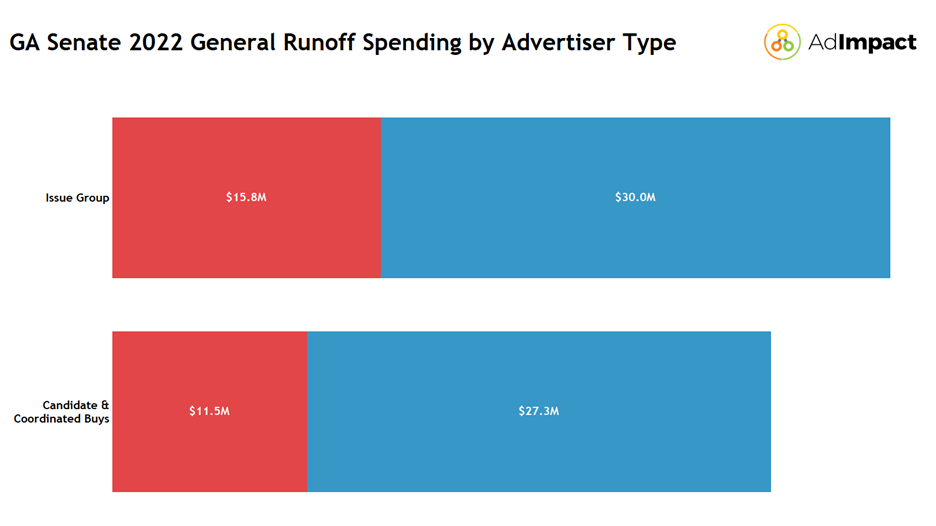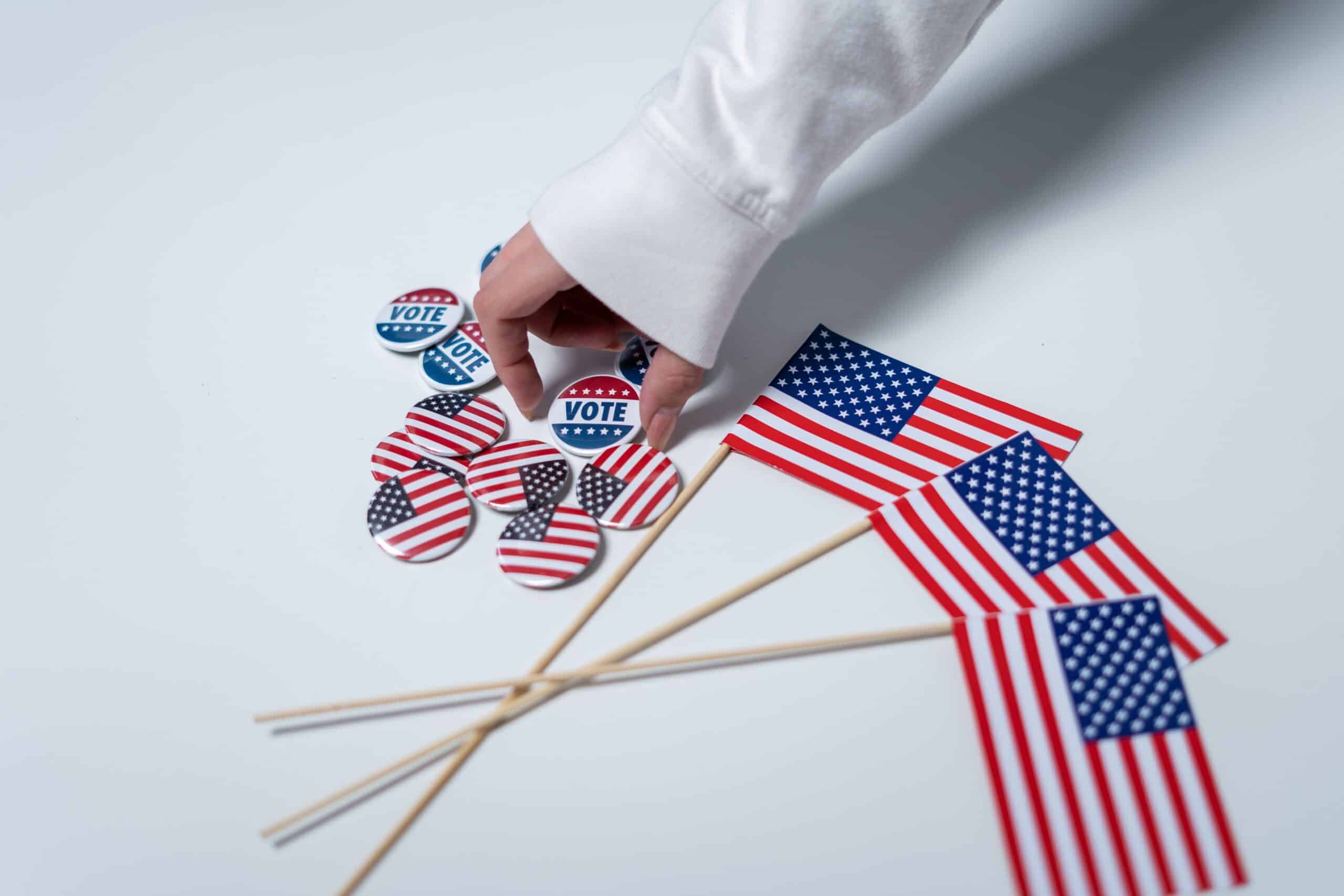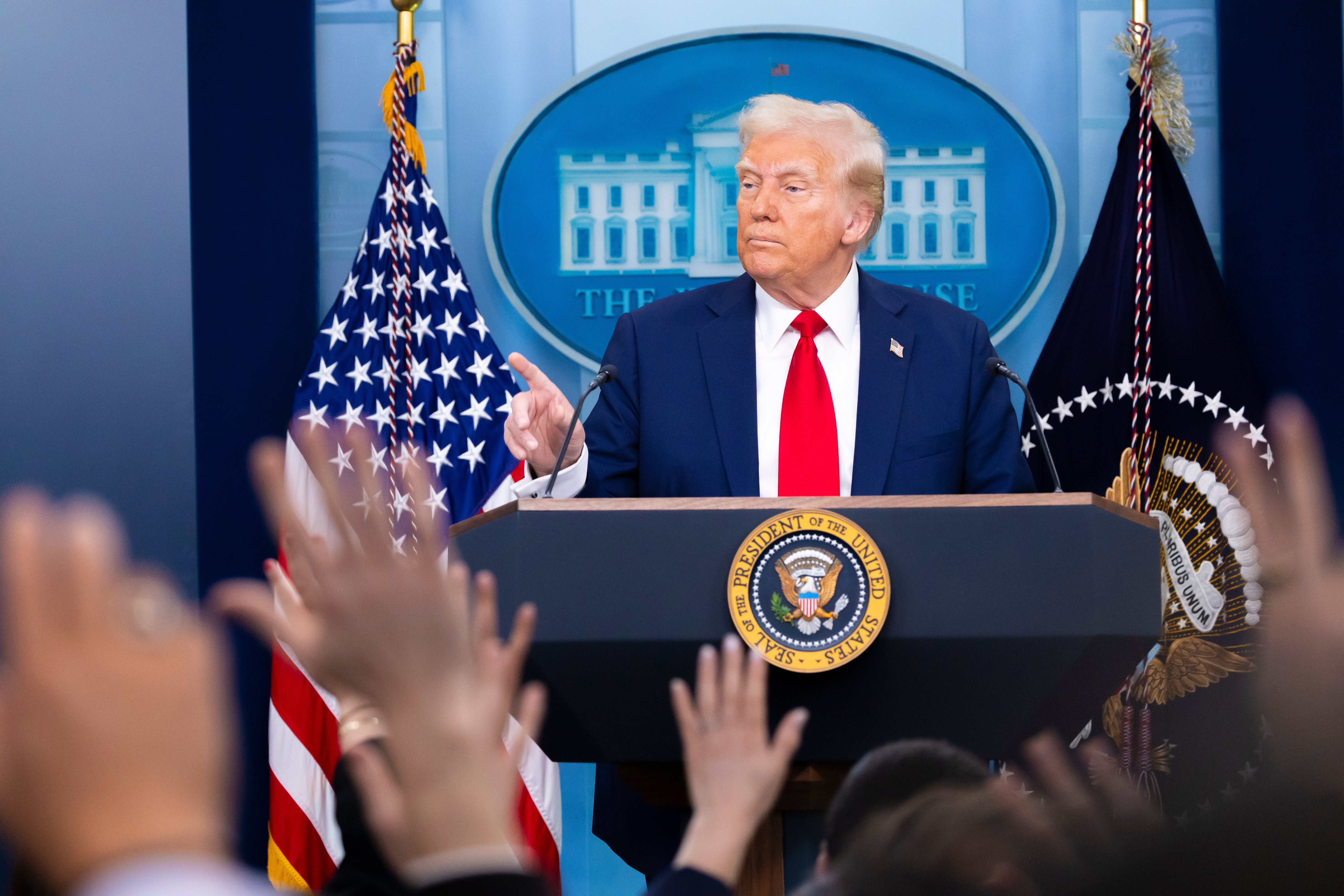Written by Joshua Getz
On January 5, 2021, Georgians went to the polls to vote in two crucial Senate runoff elections. Jon Ossoff (D) defeated David Perdue (R) in Georgia’s 2020 Senate general runoff while Raphael Warnock (D) defeated Kelly Loeffler (R) in Georgia’s 2020 Senate Special general runoff. With control of the Senate at stake, the two Senate runoff elections saw over $507M in ad spending, contributing to nearly 6% of the total ad expenditure in the 2020 cycle. On Tuesday, Georgia voters will return to the polls for another Senate runoff election. This year, incumbent Raphael Warnock faces Republican challenger Herschel Walker, in the culmination of the 2022 cycle’s most expensive.
This year’s Georgia Senate race has seen over $376M in spending, substantially outpacing the country’s second-most expensive race, Pennsylvania Senate ($311M). Georgia’s Senate primary saw $36M in ad spending and the general election saw $256M. Thus far, the runoff election has already seen $84.5M spent. As neither Warnock nor Walker received over 50% of the vote in last month’s general election, a runoff was scheduled for December 6, 2022. In the general, Warnock received 49.44% of the vote and Walker received 48.49%. Georgia’s 2022 Senate race has become the second most expensive Senate race in history, trailing only its counterpart in 2020, the Senate race between Ossoff and Perdue which saw $412M.
Georgia also hosted the 2022 cycle’s tenth most expensive race, in which Republican incumbent Brian Kemp defeated Stacey Abrams in Georgia’s gubernatorial general election. In the race, Democrat advertisers outspent Republican advertisers $53M to $32M, yet Kemp won his reelection campaign by 7.6 points. Due in large part to Georgia’s 2022 Senate and Governor races, the Atlanta TV market saw $322M in ad spending, the third highest in the nation. Only the Los Angeles and Phoenix markets saw more TV spending this cycle.
2020 Runoff Spending Analysis
When Georgia’s 2020 Senate elections in November went to runoff elections, candidates and groups had nine weeks to advertise leading up to the January runoff date. The two runoffs saw a combined $507M in ad spending. Prior to the runoffs, the races had only seen a total $208M spent. The 2020 GA Senate runoff saw a total $262M in ad spending. Republican advertisers held an overall spending advantage of $140M to $121.8M. Democrat nominee Jon Ossoff’s campaign outspent Republican David Perdue’s campaign by $39.1M, but GOP issue groups helped overcome the candidate spending deficit, outspending Democrat groups by $57.7M. Ossoff won the 2020 GA Senate runoff election by garnering 50.6% of the vote.

Georgia’s 2020 Senate Special runoff between Warnock and Loeffler saw a total $245.6M in advertising spending. Republican advertisers held a $32M advantage, $139M to $107M. This runoff also saw the Democrat candidate outspend the Republican candidate and Republican issue groups greatly outspend Democrat groups. Raphael Warnock’s campaign and coordinated buys totaled $77.4M while Kelly Loeffler’s campaign and coordinated buys totaled $51.9M. Republican groups placed nearly 75% of all special runoff group spending, as their $86.9M outpaced the $29.3M spent by Democrats. Warnock won the runoff, receiving 51% of the vote. Despite Democrat advertisers being outspent by $50.4M across the two 2020 runoffs, both Democrat nominees were elected to the US Senate.
2022 Senate General Election
Following the May 2022 primary election, the Raphael Warnock and Herschel Walker battle for Georgia took center stage in America. Georgia, along with Senate contests in Arizona, Nevada, Pennsylvania, and Wisconsin (those five Senate generals saw a combined $941M in ad spending this year), would help determine Senate control. Seventy-six different advertisers spent a total $256M during the GA Senate general election, making it the cycle’s second-most expensive general. Only the PA Senate race saw more general election spending around the country. Democrat advertisers spent a total $135.4M during the GA Senate general, $15.1M more than the $120.3M spent by Republicans.
Raphael Warnock’s campaign spent $70.4M during the general, the most general election spending of any candidate in the country. TX gubernatorial incumbent Greg Abbott ($52M) and Arizona Senate incumbent Mark Kelly ($47M) were a distant second and third. Warnock’s campaign also had coordinated buys with the DSCC totaling $684K. The Democrat incumbent held a strong candidate spending advantage over Herschel Walker. Walker’s campaign spent $13.7M in the general, along with $16.6M in coordinated buys with the NRSC. While Warnock placed 70.1% of candidate and coordinated general election spending, Republican issue groups held a $25.6M spending advantage over Democrat groups.

$89.9M in Republican group spending supported Herschel Walker’s candidacy during the general election. Ten different groups spent at least $1M. Senate Leadership Fund, a Mitch McConnell-aligned PAC, was the top spending group during the general, spending $41.1M. Across the country, Senate Leadership Fund was the highest spending advertiser of the 2022 cycle. They spent $252M in nine Senate races across the country, placing 22% of that total in Georgia. Other high-spending Republican groups in the general election included One Nation ($25.7M), the NRSC ($4.2M), 34N22 ($4.1M), and MAGA Inc. ($3.6M). MAGA Inc., a group backed by former President Donald Trump, spent a total $16.6M in five states this cycle. The group focused 22% of its total expenditure supporting Walker in Georgia.
The total Democrat issue group expenditure was $64.3M, making up only 41.6% of total group spending during the general election. Five Democratic groups spent at least $1M. Georgia Honor, a group linked to the Chuck Schumer-aligned Senate Majority PAC, spent $41.1M during the general. Other top spending groups supporting Warnock included the DSCC ($9.5M), Vote Vets ($7.3M), and Future Forward USA Action ($2.7M). While Democrats held a $41.2M advantage over Republicans in candidate and coordinated spending, Republican groups helped bridge the overall spending gap. In total spending, Democrat advertisers placed 52.9% of general election spending.
On November 8, Raphael Warnock received 49.4% of the vote and Herschel Walker received 48.5%. Libertarian candidate Chase Oliver received the remaining 2.1%. Because no candidate received over 50% of the vote, Georgia’s 2022 Senate went to a general runoff, set for December 6, 2022. In 2020, control of the Senate was still in play during Georgia’s runoffs, a key contributor to the historic spending. By election night last month, it appeared that a Georgia runoff could once again determine control in the Senate. On November 12, Catherine Cortez Masto won her reelection bid in Nevada, solidifying Democrat control over the Senate in 2023. The Warnock and Walker runoff contest would officially no longer determine the majority in the Senate.
2022 Senate General Runoff Spending Analysis
While Georgia’s 2020 runoffs were scheduled nine weeks after the general election, the 2022 runoff election date was set to occur only four weeks after the November 8 general election. Sixty-eight unique advertisers have spent a total of $84.5M during this year’s runoff. As of Monday December 5th, Democratic advertisers are outspending Republican advertisers $57.2M to $27.3M. Warnock’s campaign has greatly outspent Walker’s, as the incumbent has placed over 70% of all candidate spending. While this candidate percentage discrepancy is consistent with expenditures from the general election, Republican issue groups have not contributed nearly as significantly to Walker’s cause in the runoff as they did earlier in the year.

Republican issue groups outspent Democrat groups by $25.7M during the general election. This advantage helped soften the blow of Warnock’s strong advantage in candidate spending. Senate Leadership Fund spent $12.7M during the runoff, 82% of all GOP group spending for the election. While they were the highest spending group of the general, their spending only made up 49% of total GOP group spending in the general election. One Nation, the NRSC, 34N22, and MAGA Inc. contributed a combined 42% of GOP group spending in the general. During the runoff, the groups only made up 6.7%. Notably, Trump-backed MAGA Inc. did not spend in the runoff at all. The NRA Political Victory Fund was the second highest spending Republican group during the runoff, spending $1.1M. Unlike the general, Republican issue groups failed to outspend Democratic issue groups. As of 12/5, Warnock’s campaign expenditure during the runoff is $27.3M, the same total as all GOP runoff advertisers combined.
This year’s $15.8M in GOP group spending is quite a drop-off. 2022 Democratic group runoff spending reached $29.9M. Groups are even outpacing Warnock’s campaign spending, as his campaign has made up 48% of total Democrat spending. Georgia Honor has spent $22.2M supporting the incumbent, contributing 74% of the total Democrat group runoff spending. American Bridge 21st Century has spent $4.1M.

There are significant discrepancies in party spending between the general and runoff elections. Between Raphael Warnock’s campaign and coordinated buy spending, Democrats held a strong advantage in candidate spending during the general. Warnock’s advantage in candidate spending only expanded 0.3% in the runoff. Issue group spending tells a far different story. During the general election, Republican groups outspent Democrat groups by $25.6M, placing 58.4% of total group spending. During the runoff, Republican issue groups have only placed 34.5% of all group expenditure, as Democrat groups have outspent Republicans by $14.1M. Democrat advertisers held a 5.8% spending advantage over Republicans during the general. During the runoff, the Democrat advantage has ballooned to 35.4%.
Messaging in the 2022 Senate General Runoff
Eight TV markets have seen at least $1M in ad reservation spending during this year’s runoff. The Atlanta market saw $35.4M, followed by Macon ($8.2M), Savannah ($8.1M), Columbus ($5.3M), and Augusta ($5.2M). Fifty-nine percent of all spending was placed on broadcast television. Throughout the runoff, Democrat advertisers ran 140 distinct ads while Republicans ran 53.
The Warnock campaign ran 12 distinct ads during the runoff election, including two Spanish advertisements. In the campaign’s most-aired ad, Warnock states, “Character is what you do when nobody's watching. It's about doing the right thing simply because it's the right thing and doing it over and over again.” Debuting for the first time on 11/18, the ad has had 1,598 airings across Georgia markets. In another ad featuring Barack Obama, the former President highlights Warnock’s record on lowering healthcare costs and bringing jobs to Georgia. He also states his “friend” has been “a clear voice in the fight to defend democracy and protect the right to vote.”
The Walker campaign ran 17 distinct ads during the runoff. Their most recent and most aired ad directly responds to Warnock’s ad about character, stating, “Warnock thought no one was watching when his ex-wife called police to report his abuse.” First airing on 11/29, the ad has aired 1,409 times in Georgia. The Walker campaign referenced Warnock’s domestic abuse allegations in advertisements during the general election as well. Another Walker ad criticizes Warnock’s support for transgender collegiate athletes, featuring former University of Kentucky swimmer Riley Gaines. Gaines has repeatedly campaigned with Walker.
In the last two cycles, Georgia has played host to three of the four most expensive non-presidential races in history. With control of the Senate at stake during its massively expensive 2020 runoffs, the 2020 GA Senate ($412.3M) and 2020 GA Senate Special ($303.5M) races rank first and fourth respectively. This cycle, Georgia’s Senate race has seen $376M across its primary, general, and runoff elections, making it the second most expensive non-presidential race ever. On Tuesday, Georgians will determine if Raphael Warnock retains his seat or if GOP political newcomer Herschel Walker will overcome a significant runoff spending disadvantage.
According to a recent Emerson poll, Warnock is narrowly leading at 51%. In both of the 2020 GA Senate runoffs, Republican advertisers outspent Democrat advertisers in political advertising, yet both Democrats won. Republican advertisers placed 53% of total spending in the 2020 GA Senate runoff and 56% of all spending in the 2020 GA Senate Special runoff. This year, Democrats have the runoff spending advantage, at a much higher discrepancy than Republicans in 2020. Pro-Warnock advertisers have placed 67.7% of all 2022 GA Senate runoff spending. As of December 5, Warnock’s campaign spent or reserved the same total expenditure as all Republican advertisers combined. As issue group support for Walker’s candidacy waned following the general election, Tuesday may help determine the impact of an additional four weeks of Senate political ads in Georgia. With Catherine Cortez Masto’s reelection in Nevada, a Warnock victory would expand the Democrat Senate majority to 51-49. In 2020, Democrats Jon Ossoff and Raphael Warnock overcame party spending disadvantages in their runoffs. Could Herschel Walker be next?









